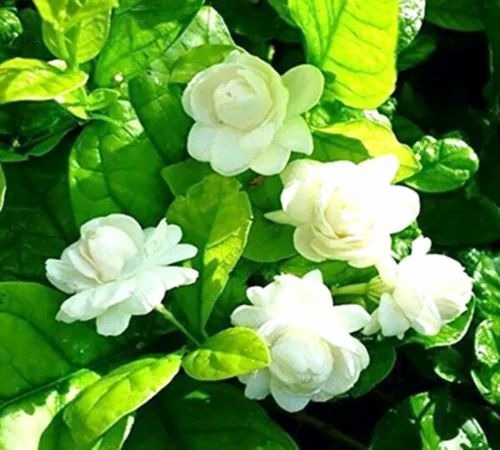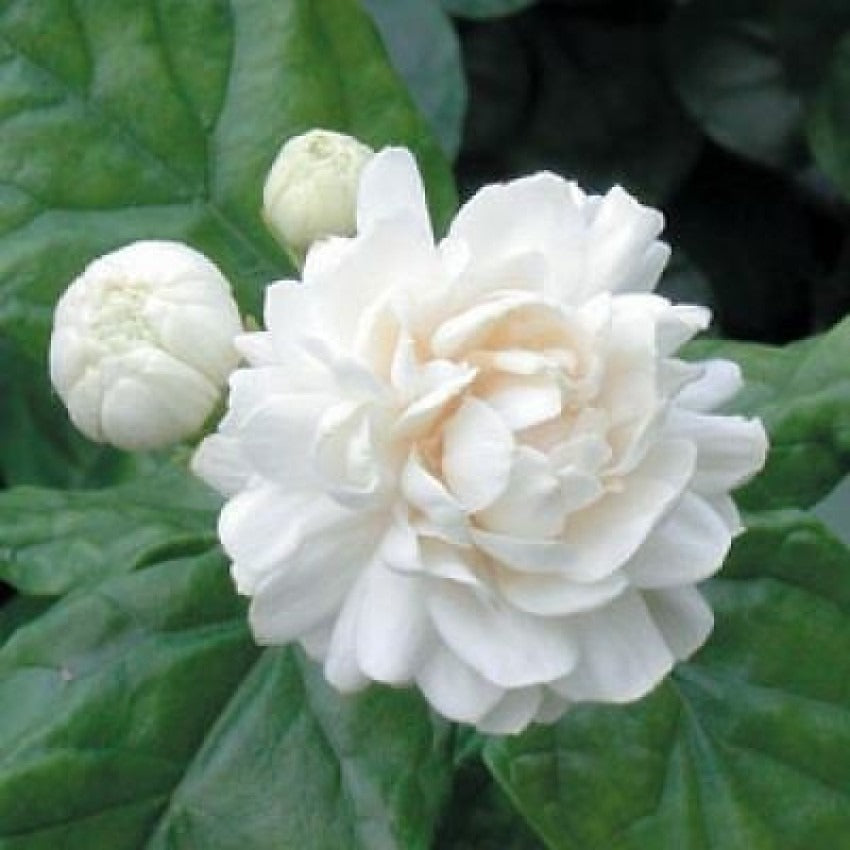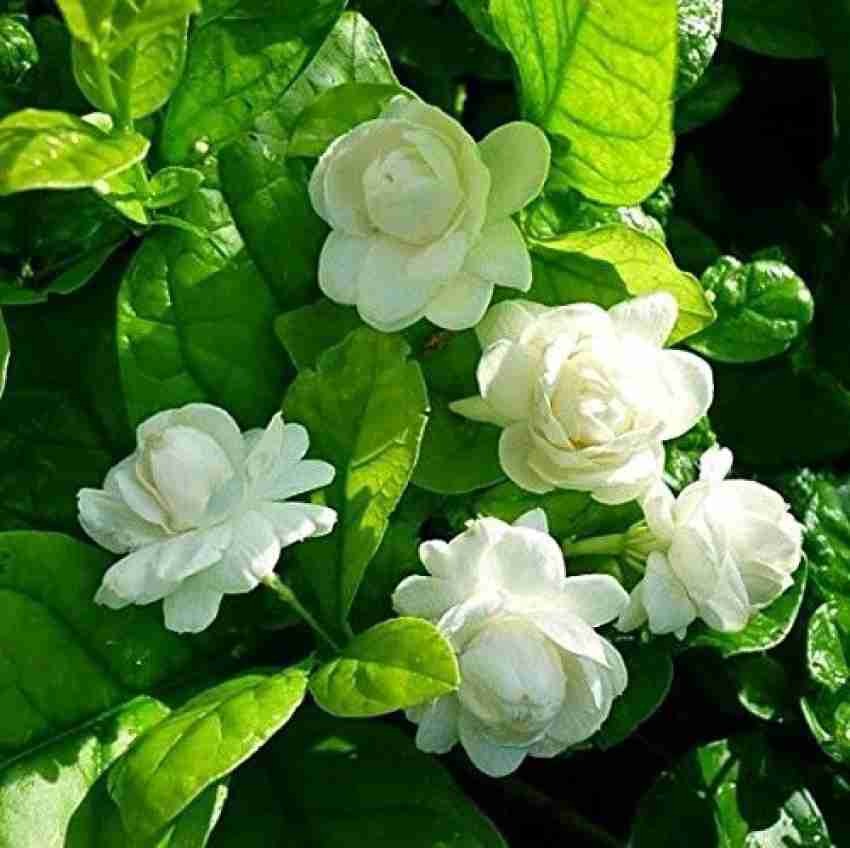Plantparadise
Arabian Jasmine (Bell)Flower Plant
Arabian Jasmine (Bell)Flower Plant
Couldn't load pickup availability
Arabian Jasmine, scientifically known as Jasminum sambac, is a popular and highly fragrant flowering plant that is cherished for its beautiful blooms and sweet scent. It holds cultural and ornamental value in various parts of the world. Here's a description of the Arabian Jasmine flower plant:
Botanical Description:
- Family: Oleaceae
- Genus: Jasminum
- Species: sambac
Appearance: Arabian Jasmine is an evergreen shrub or small vine that can reach a height of around 1 to 3 meters (3 to 10 feet) when cultivated as a potted plant, though it can be taller when grown in its native habitat. The plant has a compact and bushy growth habit, with glossy dark green leaves that are ovate or lance-shaped. The leaves are simple, opposite (arranged in pairs along the stem), and smooth-edged.
Flowers: The most distinctive feature of the Arabian Jasmine is its enchanting and highly fragrant flowers. The flowers are typically white or creamy-white in color, though there are cultivars with pink or yellow hues. They are small and tubular with five or more petals, forming star-like shapes. The flowers are often in clusters and can bloom throughout the year, with the highest bloom period usually occurring in warmer months.
Fragrance: The strong, sweet, and captivating fragrance of Arabian Jasmine flowers is one of its most remarkable qualities. The scent is often described as intense and alluring, making it a favorite for perfumes, essential oils, and scented products.
Cultural Significance: Arabian Jasmine has deep cultural significance in many regions. It is commonly used in religious ceremonies, weddings, and cultural traditions. In some cultures, it symbolizes purity, simplicity, and sensuality. The flowers are often strung together to make garlands, wreaths, or used as hair ornaments.
Uses: Aside from its ornamental and cultural uses, Arabian Jasmine is also valued for its medicinal and cosmetic applications. The essential oil extracted from its flowers is used in aromatherapy for its relaxing properties. In traditional medicine, various parts of the plant are used to treat skin conditions, digestive issues, and anxiety.
Growing Conditions: Arabian Jasmine thrives in warm and tropical climates. It prefers well-drained soil and partial sunlight. When grown indoors, it can be potted and placed in a sunny window. Regular pruning can help maintain its compact shape and encourage flowering.
Materials
Materials
Shipping & Returns
Shipping & Returns
Dimensions
Dimensions
Care Instructions
Care Instructions






